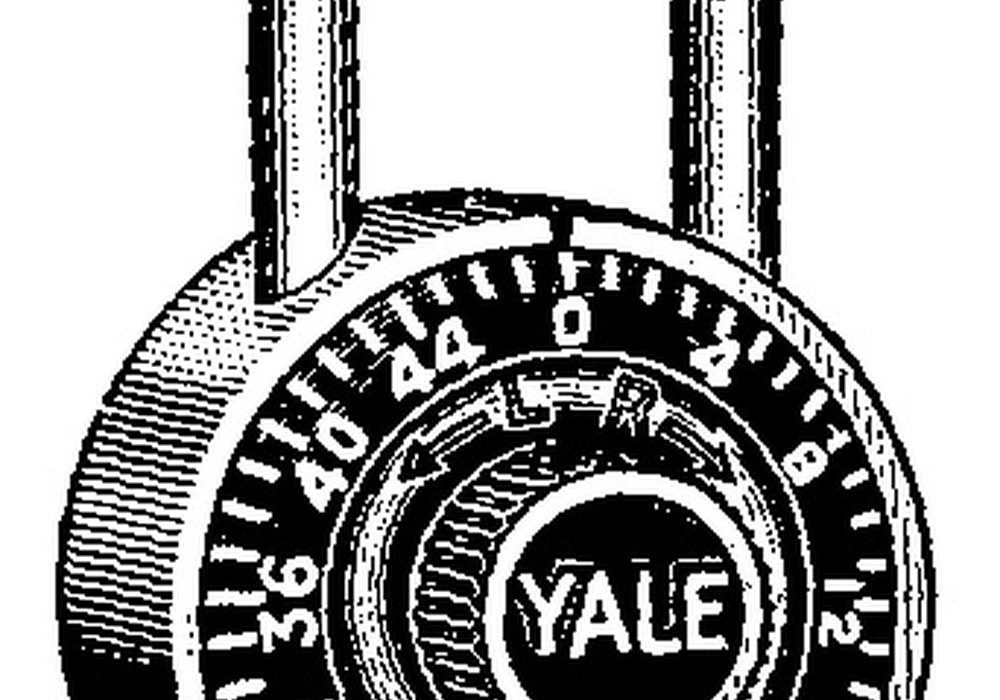Bias and equalization; you've probably heard and used the terms for years, possibly without really understanding their effect on the quality of your recordings. If you're an engineer working with analog tape decks, you should know how to set decks up for different operating levels, bias for varying brands and formulations of tape, and how to calibrate your deck for a flat EQ response. Your recordings will sound better (than if you left it uncalibrated for years!) and you won't be afraid to try new tape formulations or work on tapes from other studios. Keep in mind that this is just the tip of the iceberg - there's enough info and tips on this to fill a book - but don't be afraid to learn how to do this yourself - you need this knowledge! Here's how it works:
The bias oscillator in your analog tape machine serves two purposes: it erases the tape as it passes the erase head, and it provides recording bias, as a smaller amount is sent to the record head. Well, if the tape's already been erased, you might wonder, why do we need more of the same signal fed to the record head? Turns out that magnetization is not a linear function. The tape needs a bit of a shove to get it into the linear part of its transfer function. That shove is provided by high-frequency bias. Since the bias frequency is way beyond our hearing range (100- 200 kHz. in pro decks), it doesn't affect the audio being recorded too much. There is some low-level intermodulation distortion, however.
We all understand the purposes of equalization. In analog recording, a built-in EQ is applied at both ends of the process. Recording equalization (set to AES/NAB or IEC/CCIR standards in most cases) is applied before our audio gets to the tape. Its purpose is to compensate for the characteristics of the recorder and the tape. Playback equalization must be applied to compensate for the nature of the medium. On playback, magnetic tape exhibits a 6 dB per octave rise in output. Thus the tape deck uses a -6 dB per octave low-pass equalization to obtain flat frequency response.
Armed with this knowledge, we are now ready to match the tape machine's electrical characteristics to the tape we wish to use for recording.
You will need the following:
1. A magnetic reference tape. This is a tape, which has been recorded at a known level of magnetism for at least three frequencies, 100 Hz, 1 kHz, and 10 kHz. You will use this to set playback levels and EQ. These tapes, frequently from Magnetic Reference Laboratories and known as MRLs, are fairly expensive. You can get around buying one if you happen to have a tape from a pro studio, or from school, which has test tones recorded on it at a known level, although these can sometimes be misleading ("what operating level?"). Make sure the tape is the appropriate speed you plan to run your deck at and that (duh!) it is the right width (1/2", 2" etc.). Generally test tapes featuring AES/NAB EQ are desired, although there can be advantages to using IEC/CCIR EQ for recording ndash; look for this in a future Tape Op article. AES is the only EQ setting for 30 ips whereas 15 or 7.5 ips can be run at AES or IEC EQ. Check your machine for what it's capable of using ndash; many have internal switches for different EQs.
2. You also need a sine-wave oscillator capable of output at those same frequencies. For this, you can substitute a test CD with those frequencies, but a pure oscillator is best. Some consoles and decks have built-in oscillators.
3. A tiny screwdriver will be needed to tweak the adjustments.
4. It also helps to have an AC voltmeter to double-check your levels.
STEP I: Clean the heads and anything which the tape touches (guides, lifters, capstans). Do not use head cleaner on the rubber pinch roller or tach roller unless it is formulated to be safe on these parts (like that S-721 stuff). If you have a demagnetizer, follow the...










